This post was originally published on Eco Watch
Quick Key Facts
- A drought happens when little-to-no precipitation occurs in a given area for a considerable time period. A drought can also characterize an area receiving precipitation far below its particular average.
- Droughts are ranked on a scale from D0 – D4, with D0 being more of an alert of potential drought and D4 indicating the harshest types of drought.
- Droughts can alter an ecosystem’s carbon, nutrient and water cycles, as well as impede plant growth, kill wildlife and open the door for outbreaks of vegetation-harming insects and fungi.
- As climate change continues, higher temperatures and heavier rains are expected to increase in frequency and duration, meaning flash floods and droughts could become more common.
- Droughts have a negative effect on both chronic and acute human health problems and can exacerbate heat-related concerns.
- Droughts drive wild animals into greater competition for limited food and water, in some cases forcing them to enter human spaces to get the resources they need to survive.
- Hydropower production is diminished when water levels decrease, but it isn’t the only energy source that needs stable water availability.
- Xeriscaping, or landscaping with plants that don’t need much supplemental watering in your area, is one way to reduce water demand and help mitigate the impact of droughts.
- Rainwater harvesting and greywater reuse also help reduce the harm caused by droughts by recycling and repurposing as much water as possible.
- Local and state governments can implement water efficiency standards and maximum water use limits to help reduce the impact of active or potential droughts.
What Is a Drought?
A meteorological drought is when there is a severe lack of precipitation in a given area for a notable amount of time. But as the National Drought Mitigation Center at the University of Nebraska explains, whether or not an area is experiencing a drought is “in relation to the average conditions for a region.”
“Meteorological drought is region-specific since precipitation is highly variable from region to region,” the center notes. “For example, a location in Florida may receive more rainfall during a drought than a location in New Mexico receives during an entire year.”
The center notes that there are several other subtypes of droughts, including socioeconomic droughts, which occur when economic activities, like hydroelectric dams, are disrupted because of a lack of water. In parts of the world that rely on wintertime snow to provide water through the following seasons, like in the Upper Missouri River basin of the U.S., snowdroughts can result from lower snowpack totals that subsequently lead to lower water levels.
A drought can last as little as a few weeks or as long as a few years. According to the National Weather Service, “there have been at least three major U.S. droughts in the last 100 years,” two of which lasted between five to seven years. The severity of a drought is denoted with a D0 – D4 scale, with D4 being the most intense types of droughts and D0 serving as an alert of potential drought because of abnormally dry conditions.
After lengthy, severe periods of drought, an area can experience desertification, meaning the existing ecosystem transitions to a desert devoid of the plant life it once hosted.
A report issued by the United Nations last year found that the frequency and duration of droughts had increased 29% from 2000 and that up to 75% of the global population could face water shortages at least one month per year by 2050.
How Does Drought Affect an Ecosystem?
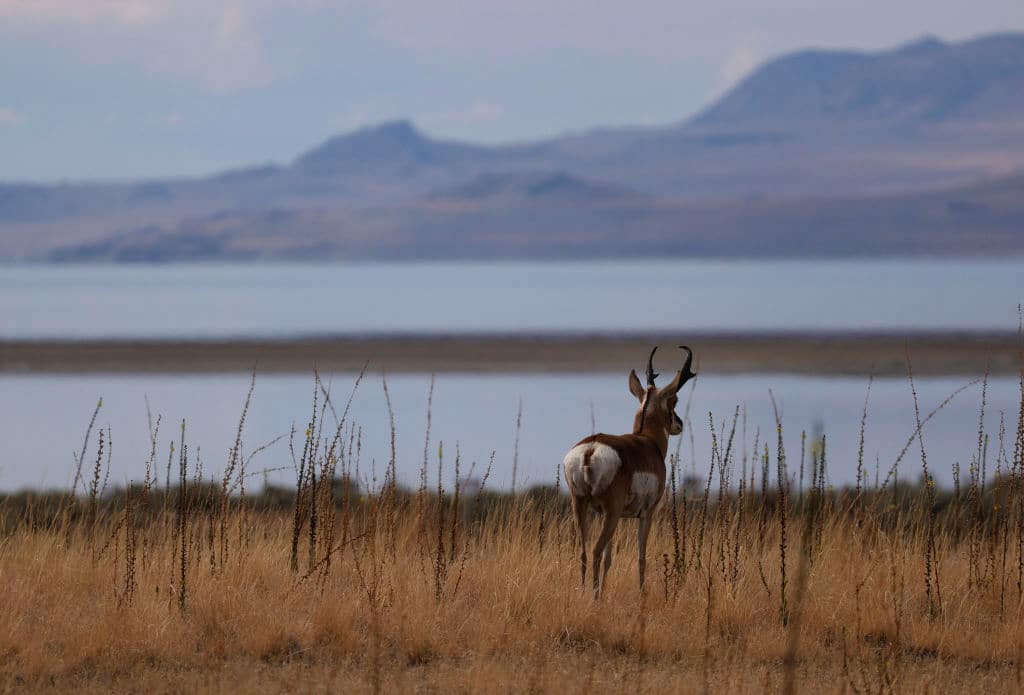
Naturally, less precipitation means drier conditions throughout an environment. And since water is required for plants to grow and wildlife to survive, droughts have a profound impact on the viability of an ecosystem. The National Integrated Drought Information System says that droughts can interrupt the delicate balance of our carbon, nutrient and water cycles, in addition to stymying plant growth and causing wildlife death or even extirpation, which is the local extinction of a given species.
Those same conditions also lead to dry, infertile soils and vegetation, which when paired with windy days can fuel wildfires, destroying forests and homes.
“Drought and persistent heat set the stage for extraordinary wildfire seasons from 2020 to 2022 across many western states, with all three years far surpassing the average of 1.2 million acres burned since 2016,” according to the National Oceanic and Atmospheric Administration.
Scientists have also found links between lengthier periods of hot, dry conditions and fungi and insect outbreaks, which in turn further stress or decimate vegetation.
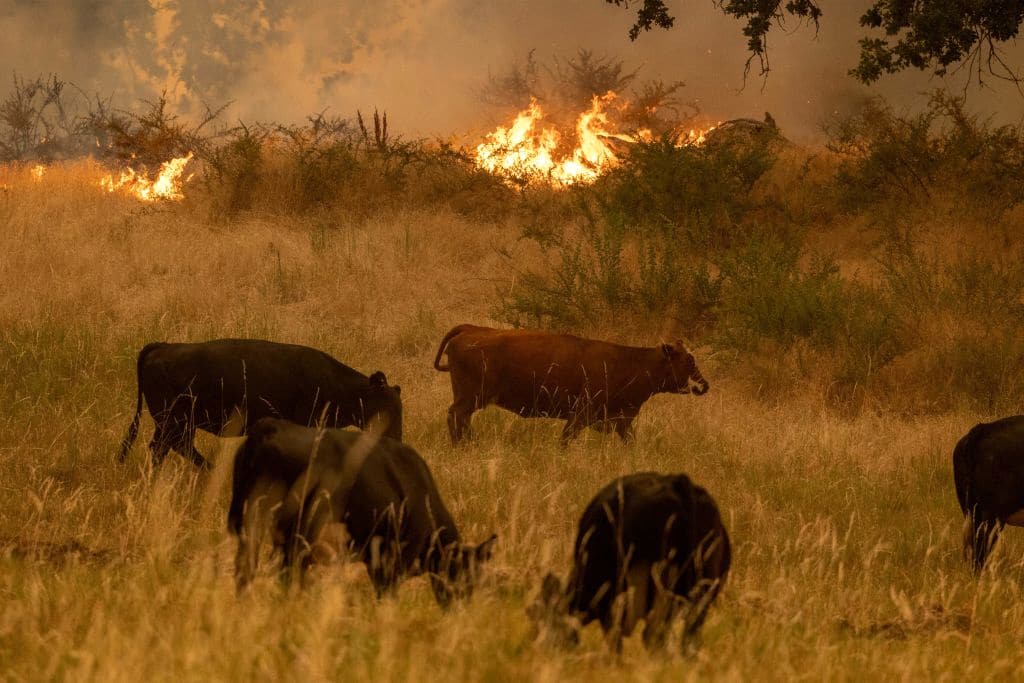
How Are Drought and Climate Change Connected?
As climate change continues, higher temperatures are expected to become more common year-round.
“Climate change increases the odds of worsening drought in many parts of the United States and the world,” explains the Center For Climate And Energy Solutions on its website. “Regions such as the U.S. Southwest, where droughts are expected to get more frequent, intense, and longer lasting, are at particular risk.”
Why Aren’t Heavy Rains Welcome After a Drought?
Scientists also see evidence that climate change will continue to bring more intense rain storms. That might initially sound like a good thing, since rain helps restore ecosystems experiencing drought.
But during a drought, soil becomes dry, which after a while means it has a tough time absorbing rainwater. That means that when rains do come after a drought, they can lead to flash floods since the ground is incapable of accepting it. That was the case last summer in the U.S. Southwest, when heavy rainstorms from Arizona to Texas after a period of extreme heat and drought led to flooding.
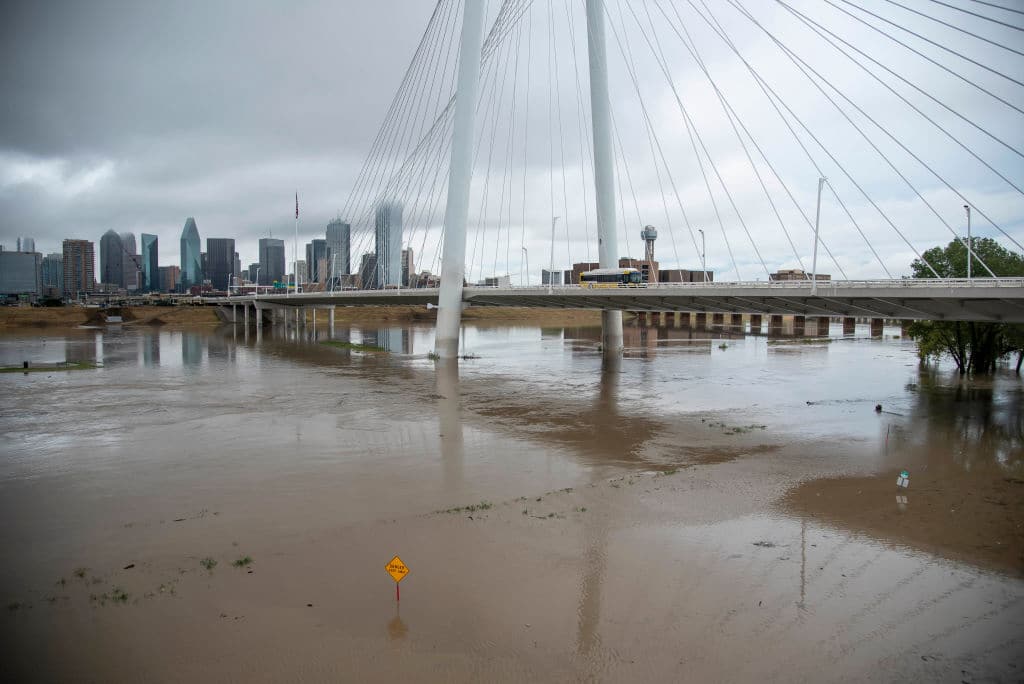
How Does Drought Harm Public Health?
Hot temperatures threaten human health without hydration and cooling measures in place, like shade or air conditioning. In the short term, heat can cause heat cramps, heat exhaustion, heatstroke and hyperthermia and worsen chronic conditions like cardiovascular and respiratory diseases, according to the World Health Organization.
During a drought, the impact of heat on the human body can be amplified by the lack of water for drinking, sanitation and crop production. The Centers for Disease Control and Prevention also says that air quality can decline during a drought because of an increase in dust and particulate matter that exacerbate chronic and acute respiratory problems.
Around 55 million people suffer from drought conditions every year across the planet, while “as many as 700 million people are at-risk of being displaced as a result of drought by 2030,” the World Health Organization estimates. Certain groups, ranging from athletes and outdoor workers to the poor, pregnant and elderly, are more vulnerable to heat.
How Does Drought Impact Wildlife?
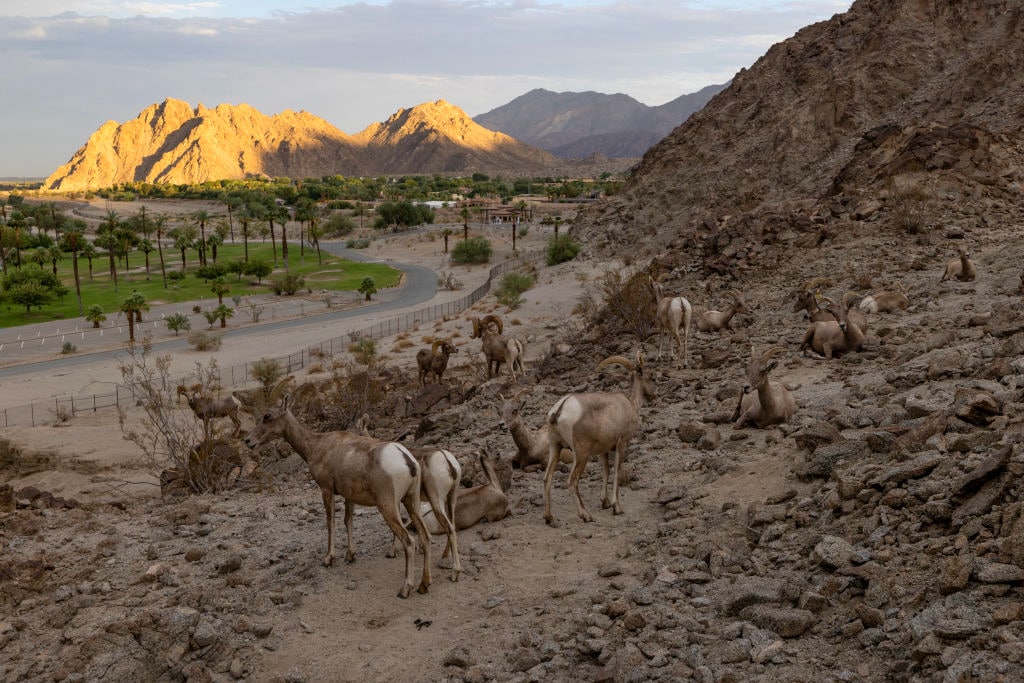
Similar to humans, wildlife see their health and comfort levels decline during a drought. Less water means less to drink, but also less food that needs water to grow. That increases competition among different types of animals and animals of the same species that prefer the same food, like insects or plants, but it also means that those creatures may need to travel closer to human communities and infrastructure — like highways — to find enough food to eat.
“With fewer berries and acorns available, bears will eat garbage, grease from barbecues, bird seed and sugar water from hummingbird feeders,” explains the National Environmental Education Foundation. “Raccoons may seek out garden vegetables and pet food.”
And since droughts wipe out vegetation, that reduces the amount of habitat and hiding places for young prey creatures, like deer, elk and birds, the foundation says.
Drought has forced countries like the African nation of Zimbabwe, where dozens of elephants died because of drought within two months back in 2019, to relocate thousands of wild animals to a nature preserve in a different part of the country. In southwest Australia, mass camel culling was authorized in 2020 because drought conditions drove the creatures to drink too much water and enter towns seeking more.
Back in the U.S., an overpopulation of wild horses in the West has exacerbated resource availability problems, leading to an increase in the number that officials have rounded up and sterilized.
How Does Drought Affect Energy Production?
Hydroelectric turbines aren’t as effective during droughts because lower water levels cause lower water pressure, making it harder for the turbines to operate, according to the National Integrated Drought Information System.
But while hydropower facilities may be the most obvious energy production method that would rely on water levels, other sources of electricity also suffer during droughts. Any power plant that uses steam to rotate a turbine will be less efficient during a drought, while hydraulic fracturing and biofuel production both rely on water supplies for their operations.
How Can I Help Mitigate the Impact of Droughts?
Droughts reduce the amount of available water that could be earmarked for communities’ critical needs, like sanitation. Before a drought occurs where you live, there are large and small measures you can take to reduce your water demand.
Doing anything to generally reduce water demand will help your community before or during a declared drought, but don’t feel discouraged if you can’t immediately make significant changes to your lifestyle. Your overall water consumption is likely nowhere near the excessive amounts that celebrities have been known to use even during droughts.
And local and state governments have the ability to set policies that can impact water availability at a broader scale, like instituting maximum water use levels and water efficiency standards.
Xeriscaping

Xeriscaping is the practice of landscaping an area in a way that requires little or no irrigation, or watering. It’s often deployed in areas with little water because of the water-intensive nature of planting vegetation that requires more water than the local ecosystem can naturally provide. But even though the concept may conjure up images of succulents and desert plants, you can xeriscape even if you don’t live in a community vulnerable to drought and water shortages. The premise is more about water reduction than water elimination. Reach out to your state’s cooperative extension program for information about what local vegetation you can plant on your property to reduce your landscaping water needs.
Rainwater Harvesting
Depending on how much water your family uses and the size of your property, rainwater harvesting could help you bridge the gap between rain storms. Rainwater harvesting — also known as rainwater or stormwater retention — is a category of equipment that captures and stores rainwater for future use before it pours into the local stormwater or sewage drains. It can range from intentional plantings, like green roofs or rain gardens, to storage systems like cisterns or rain barrels.
Greywater Reuse
Similar to rainwater harvesting, reusing greywater involves capturing water that would otherwise head to your town’s storm drains. But while rainwater essentially goes from the clouds to a storage container, greywater is water that has been used in the home for showers, bathtubs, sinks and washing machines, immediately sent into the sewage system after light use. But while you might not want to reuse your children’s bathwater for your shower, that water is suitable for other uses around the home, like watering ornamental plants, car washing or toilet flushing.
Help Collect Data
Knowing when and where droughts occur — as well as how they impact an area — helps experts craft strategies. To that end, the National Drought Mitigation Center suggests joining the Community Collaborative Rain, Hail, and Snow Network or other drought impact data collection efforts to help track current trends and different problems that surface as a result of dry conditions.
Follow Water Conservation Alerts and Mandatory Measures
Regardless of whether your area is technically experiencing a drought or not, the American Red Cross recommends you follow any water conservation measures — whether voluntary or mandatory — that your local government puts in place to help the wider community stretch the amount of available, potable water. They also provide a series of their own recommendations as to how you can conserve more water, like using gray water for your plants, plugging up any leaks or drips in your pipes or faucets and covering pools to reduce evaporation.
The post Drought 101: Everything You Need to Know appeared first on EcoWatch.

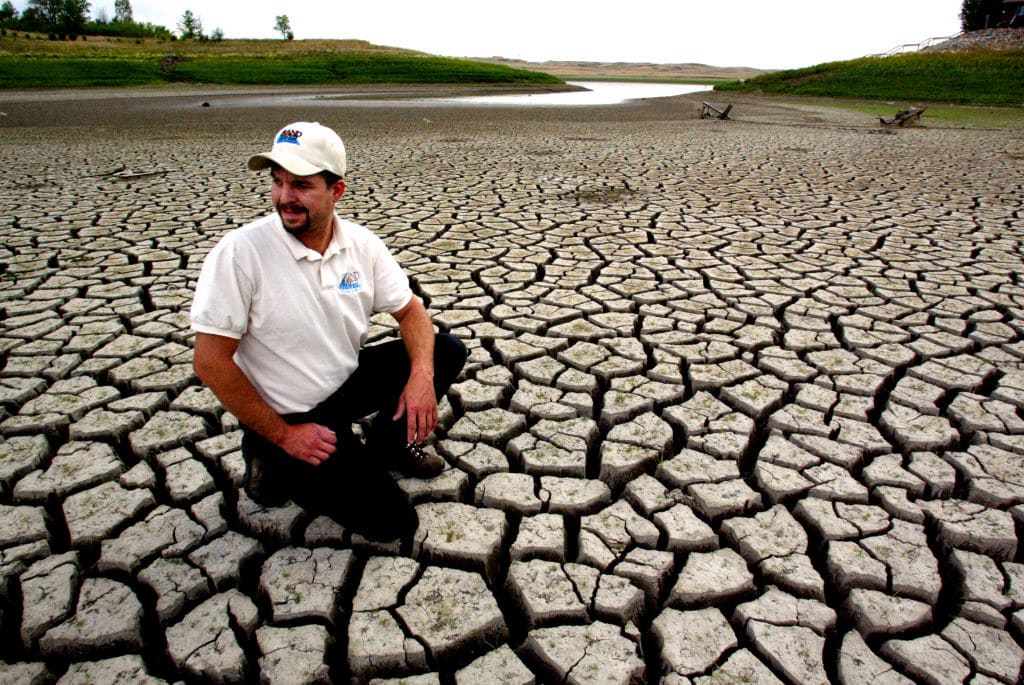



0 Comments